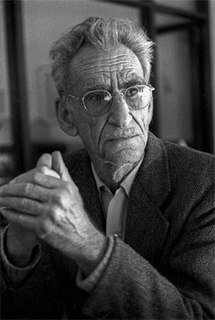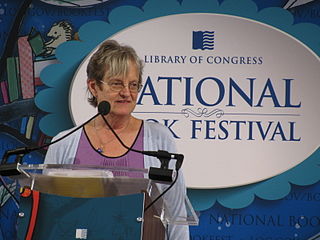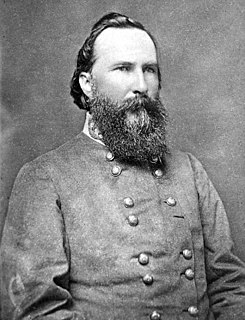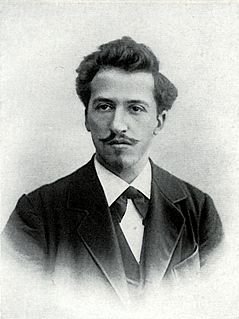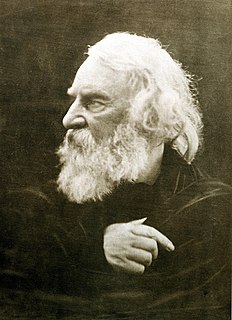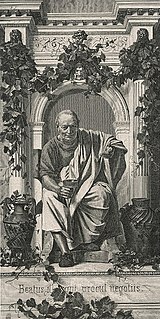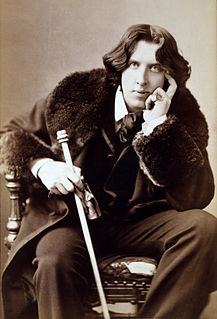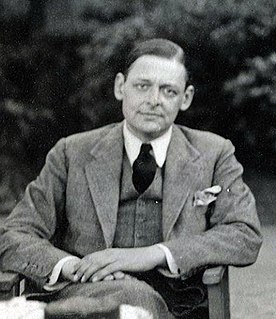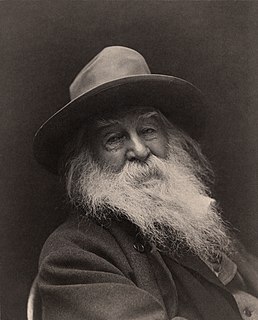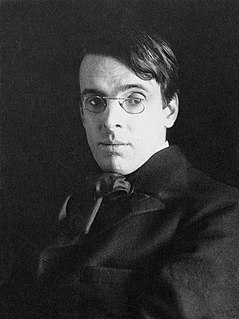Цитата Джорджа Оппена
Смысл стихотворения заключается в интонациях, форме строк и пульсе мысли, задаваемой этими строками.
Темы цитат
Связанные цитаты
Те из нас, кто вырос в современных городах, склонны замечать горизонтальные и вертикальные линии быстрее, чем линии в других ориентациях. Напротив, люди, выросшие в кочевых племенах, лучше справляются с замечанием линий, перекошенных под промежуточными углами, поскольку Мать-природа имеет тенденцию работать с более широким набором линий, чем большинство архитекторов.
В этом отношении программа подобна стихотворению: вы не можете написать стихотворение, не написав его. Тем не менее, люди говорят о программировании, как будто это производственный процесс, и измеряют «производительность программиста» с точки зрения «количества строк кода». При этом они регистрируют это число не на той стороне бухгалтерской книги: мы всегда должны ссылаться на «количество потраченных строк кода».
Как только я начинаю писать, я очень осознаю, я пытаюсь осознавать, что читатель вполне может подобрать это стихотворение, незнакомец. Поэтому, когда я пишу — и я думаю, что это важно для всех писателей — я пытаюсь быть писателем и читателем взад и вперед. Я пишу две строки или три строки. Я тотчас же остановлюсь и стану читателем, а не писателем, и прочитаю эти строки так, как будто никогда их раньше не видел и как будто никогда их не писал.
[Барак] Обама может подводить черту для себя и своей страны, а не для других стран. У нас есть свои красные линии, как наш суверенитет, наша независимость, а если вы хотите поговорить о мировых красных линиях, то США использовали обедненный уран в Ираке, Израиль использовал белый фосфор в Газе, и никто ничего не сказал. А как же красные линии? Мы не видим красных линий. Это политические красные линии.
В этот век меня не волнует, насколько вы гениальны в тактическом или оперативном отношении, если вы не можете создать гармонию — даже порочную гармонию — на поле боя, основанную на доверии между служебными линиями, коалиционными и национальными линиями, а также между гражданскими и военными линиями, вам нужно идти домой, потому что ваше лидерство устарело. У нас должны быть офицеры, способные создать гармонию во всех этих направлениях.
Я пришел к разрушению объема с помощью плоскости. Этого я добился с помощью линий, пересекающих плоскости. Но все же самолет остался слишком цел. Так что я пришел к тому, чтобы делать только линии и привносить цвет в линии. Теперь единственная проблема заключалась в том, чтобы разрушить эти линии также путем взаимных противодействий.
